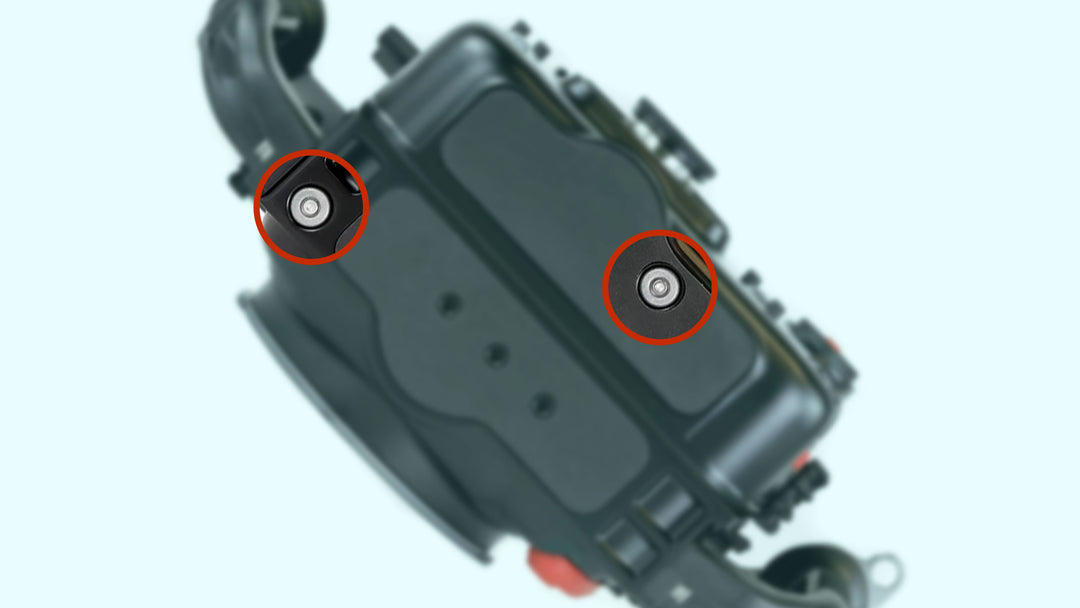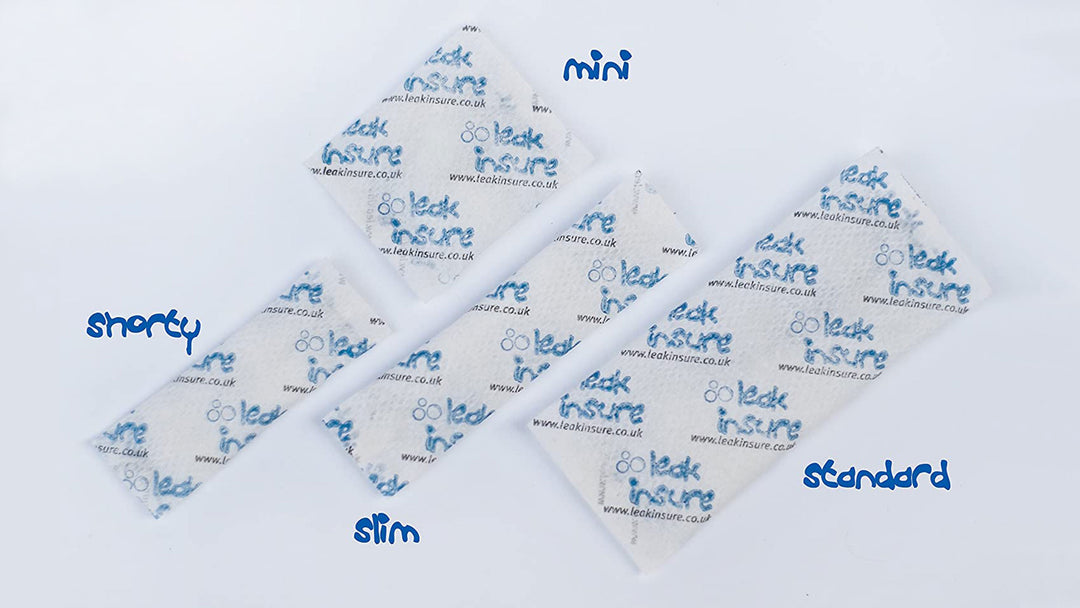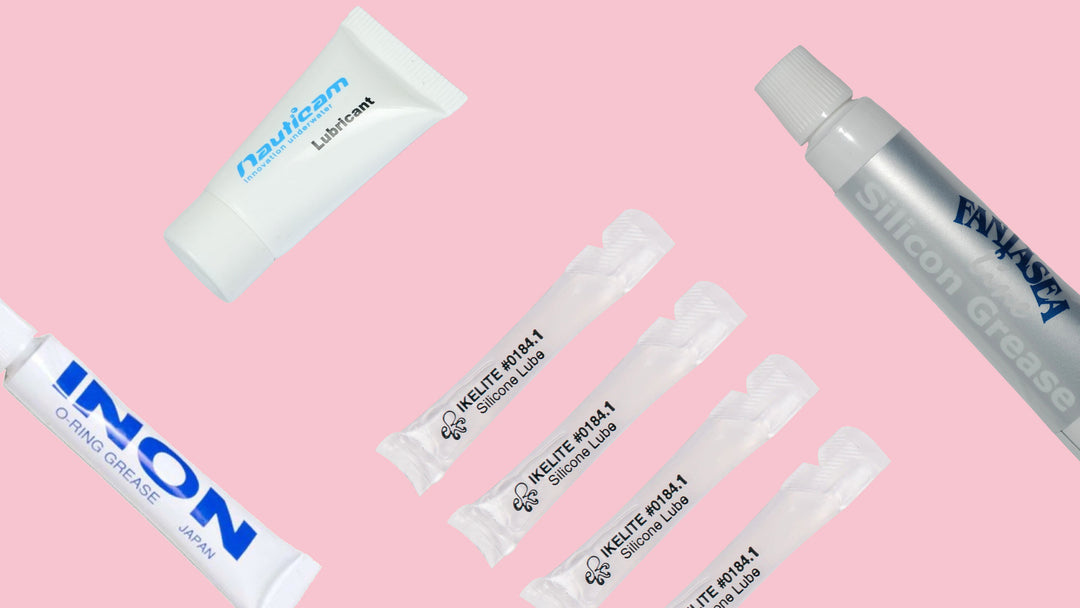Ikelite: 5 Situations Where You Need Strobes Underwater [VIDEO]
By Jean Rydberg
With & without strobes
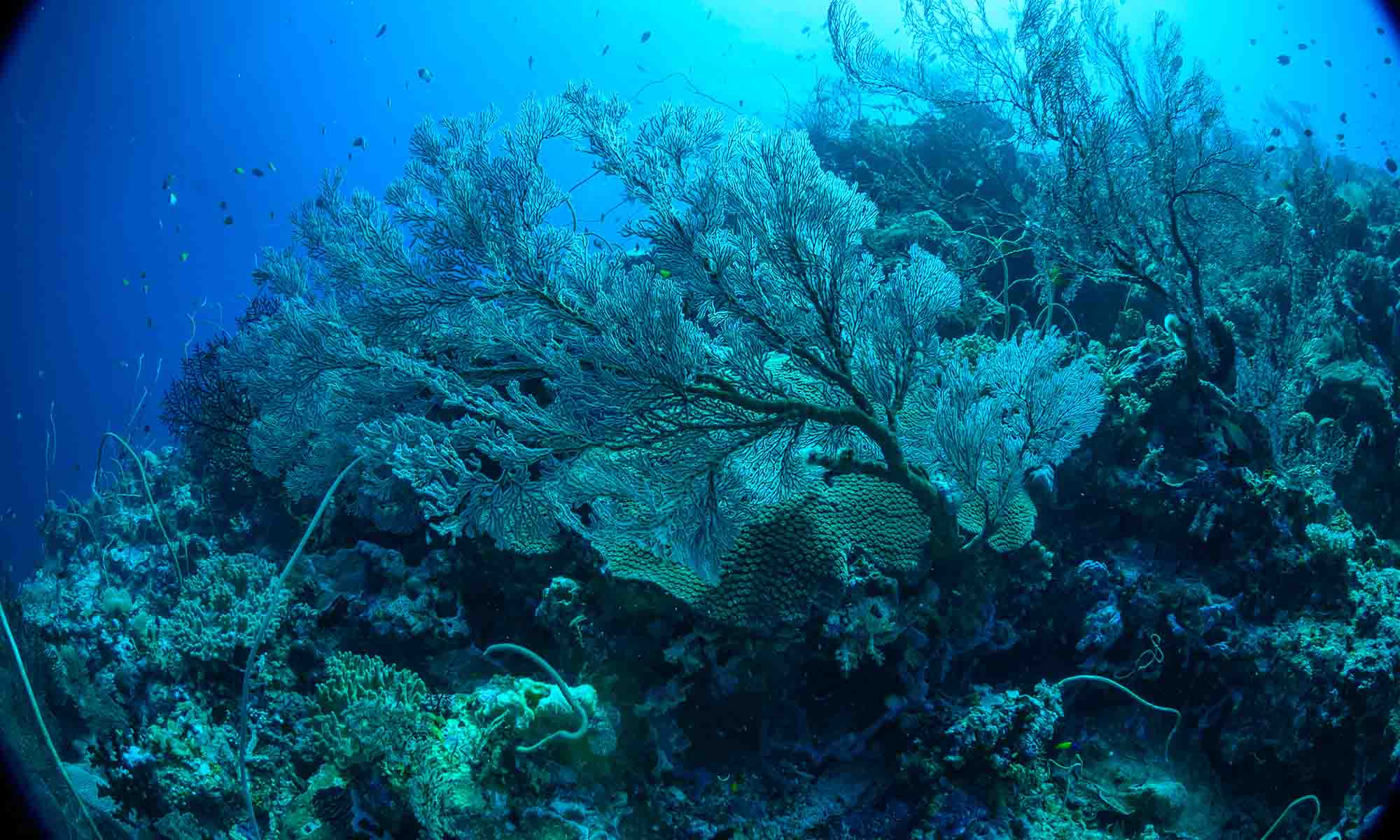
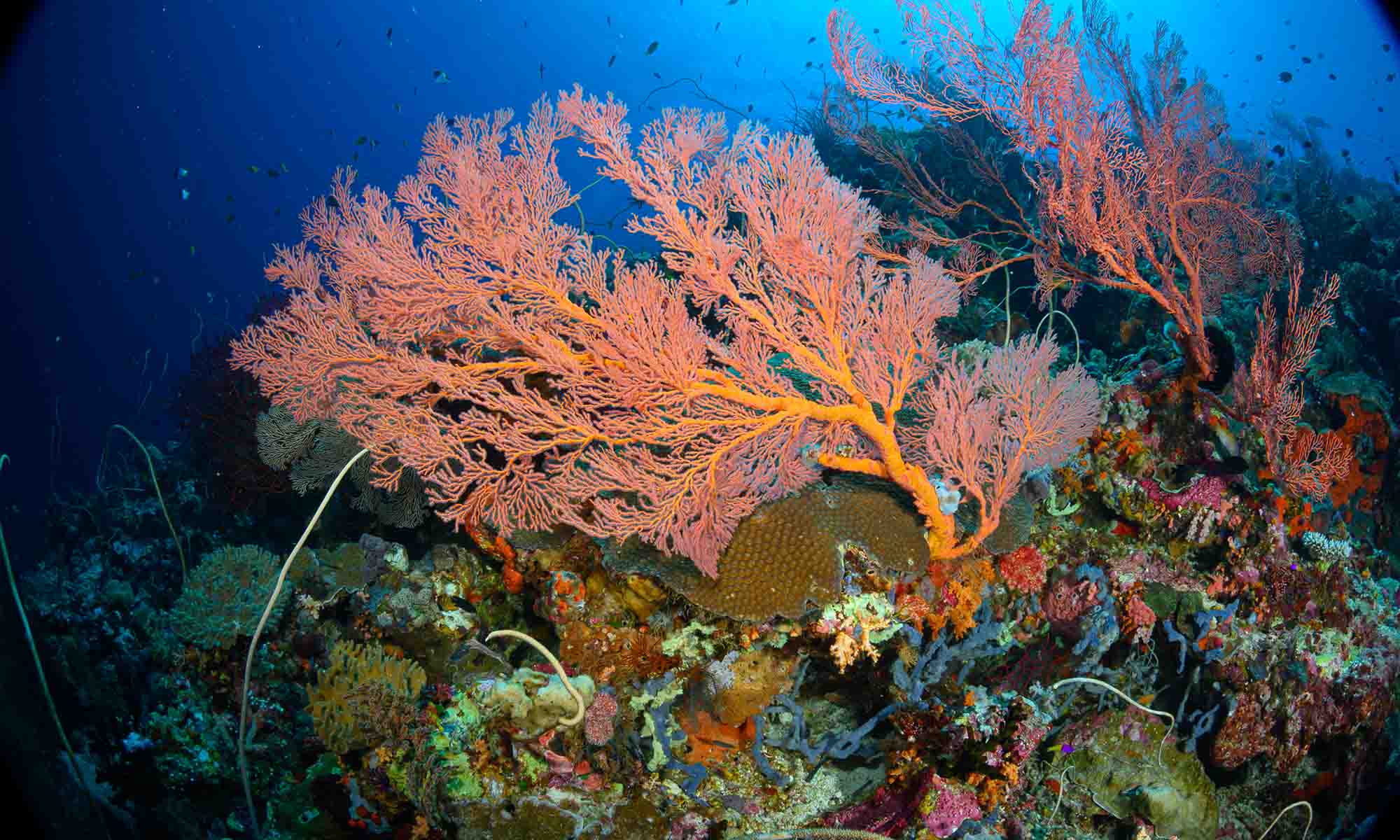
Colour correction or colour grading can be used with awesome results for certain shots in sunny, clear conditions. For example, Ikelite Ambassador Brandon Verdura gets great results Freediving in Hawaii as does Ambassador Karen Bagley shooting maternity portraits in her backyard pool studio. However, there are some situations where sunlight won’t reach and an external light is necessary. These include:
- To stop motion shooting fast moving subjects
- To light small creatures and macro subjects
- As fill lights when shooting inside of a cave or shipwreck
- As a primary light source when shooting at night
- To compensate for lack of sunlight below 40 feet or 12 meters.
Wait… why do we need strobes on a clear, sunny day?
Even on a sunny day, it gets dark very quickly as you descend underwater. The water gives an appearance like a thick fog - with most light being absorbed within just a few feet. Colours fade out and clarity diminishes. Reds, oranges, and purples are almost completely gone by 30 feet or 10 meters. By 60 feet (24 meters) all you’re seeing is blue and a little green. I’m sure you’ve seen underwater photos that are all blue-green.
Colour correction in Photoshop or Lightroom can only take you so far. If there isn’t enough light in the image, there will be no colour to bring back with those sliders. Strobes boost the missing wavelengths of colour. This makes reds, oranges, and purples visible at any depth.
This concept is difficult to picture. We are totally immersed this colourless environment while we dive. Our minds actually fill in colours for us. If you shine a flashlight across the soft and hard corals, you will probably be amazed at the variety of colour that you never knew was missing.
Even in the best conditions you will lose visibility of reds and oranges in the first 30 feet (9.2 meters) of water. Using a strobe will help bring these colors back in your photos. © 2022 Ikelite
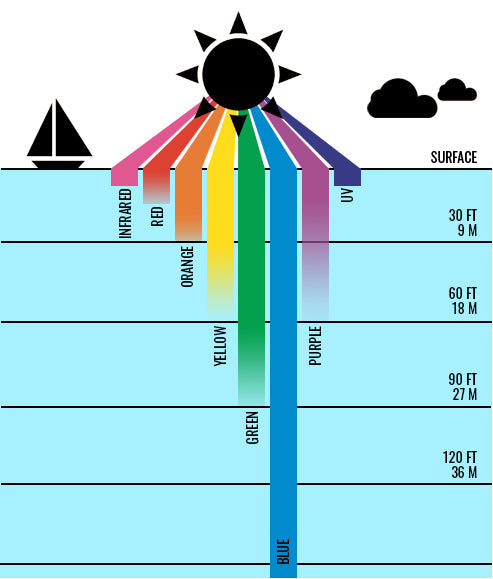
Let’s talk about how to choose a strobe
People get very concerned about what camera model they are shooting underwater. I see people doing so much research on specifications, pixels, frame rates, on and on. Then they choose a strobe based on an arbitrary number like size or weight.
In reality, two things make the differences in awesome underwater photos: lens and lights. A smaller, cheaper camera with better lenses and brighter lights will outshine the most expensive camera available.
The three things I look for in a strobe:
- Quality of light
- Beam pattern
- Speed
Quality of light is particularly important in wide angle. To get the best contrast of blue water and bright corals, you need a strobe with a warmer colour temperature that is daylight balanced. This means you should look for a strobe with colour temperature in the 4500 to 5000 degree kelvin range.
[Note from Sea Tech: This advice is specific to this scenario. There is no one colour temperature that is correct, it is subjective and varies based on your specific conditions. Some claim cooler light penetrates the water better. Some recommend cooler lights for green waters like New Zealand's. It's complicated. Diffusers and filters exist for this reason.]
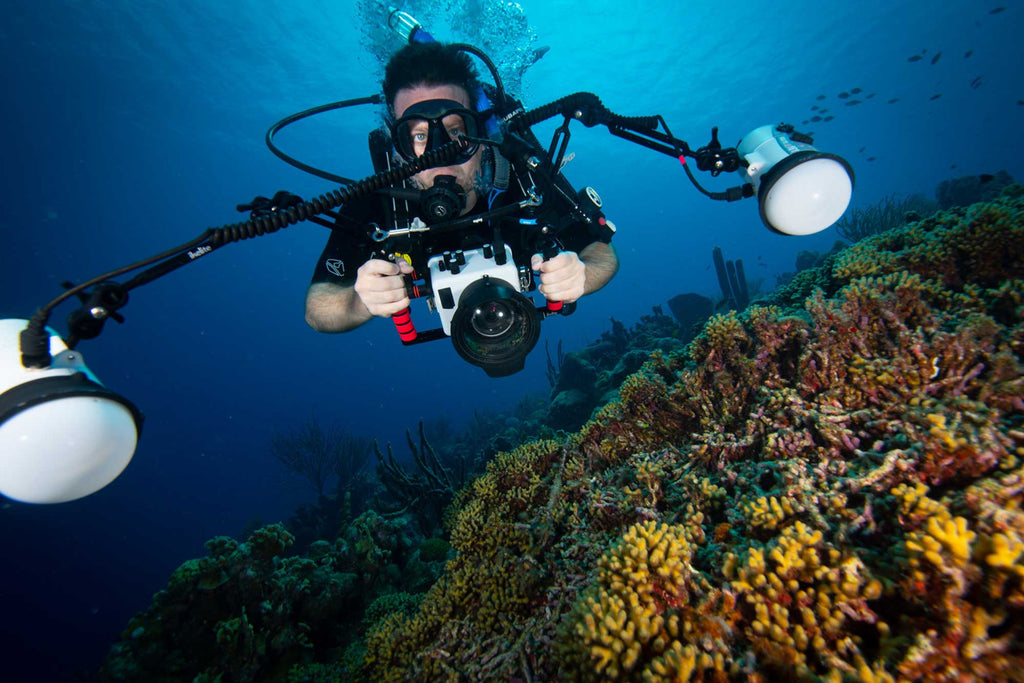
"A wide beam angle... allows you to evenly expose your subject without producing harsh hotspots or excessive backscatter in your image. It will also allow you to shoot subjects that come extremely close without having to worrying about shadowing in the centre of the image." - Josh Blank
Beam pattern is also very important in wide angle. Your strobe should be wide, bright, AND very soft. [Sea Tech: again - you can use a diffuser to achieve this!] The flash tube is like the light bulb in the front of the strobe. A circular flash tube will give you a naturally wide and soft beam. A straight flash tube can be fairly wide, but it will need a diffuser to be soft. Diffusers change the shape of the beam but also reduce the power of the strobe at the same time.
For some images underwater, speed is critical. Strobes with rechargeable battery packs will be faster than strobes that use AA batteries. Typically strobes with rechargeable battery packs carry less risk of flooding in the battery compartment, which can leave you in the dark on your trip. On the other hand, AA batteries are easier to buy if you need new ones, especially in remote locations.
In the end, any strobe is more powerful than no strobe at all. It is possible to take wonderful underwater photos with just one strobe - especially when shooting macro. You can also mix strobes of different intensities and use shadow play to add depth to your photos.
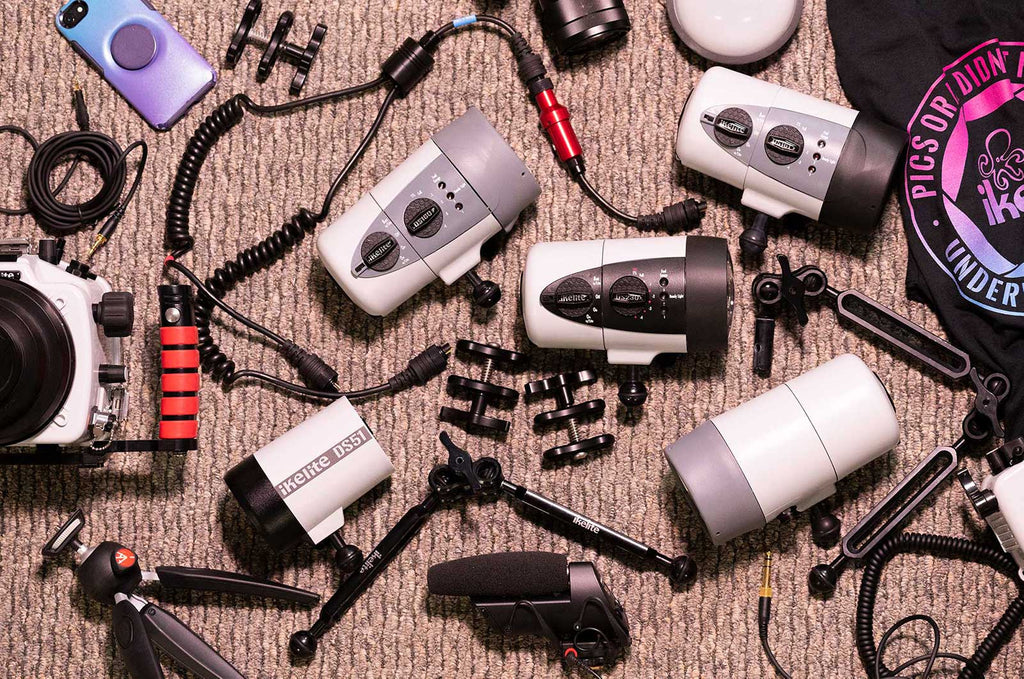
Contact us
Got a question about a blog post? Just give us a shout by contacting us below. If you want us to give you a phone call, leave a number and let us know in your message that you'd prefer phone contact - we'll call you!




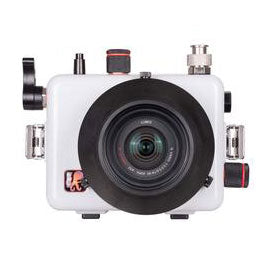
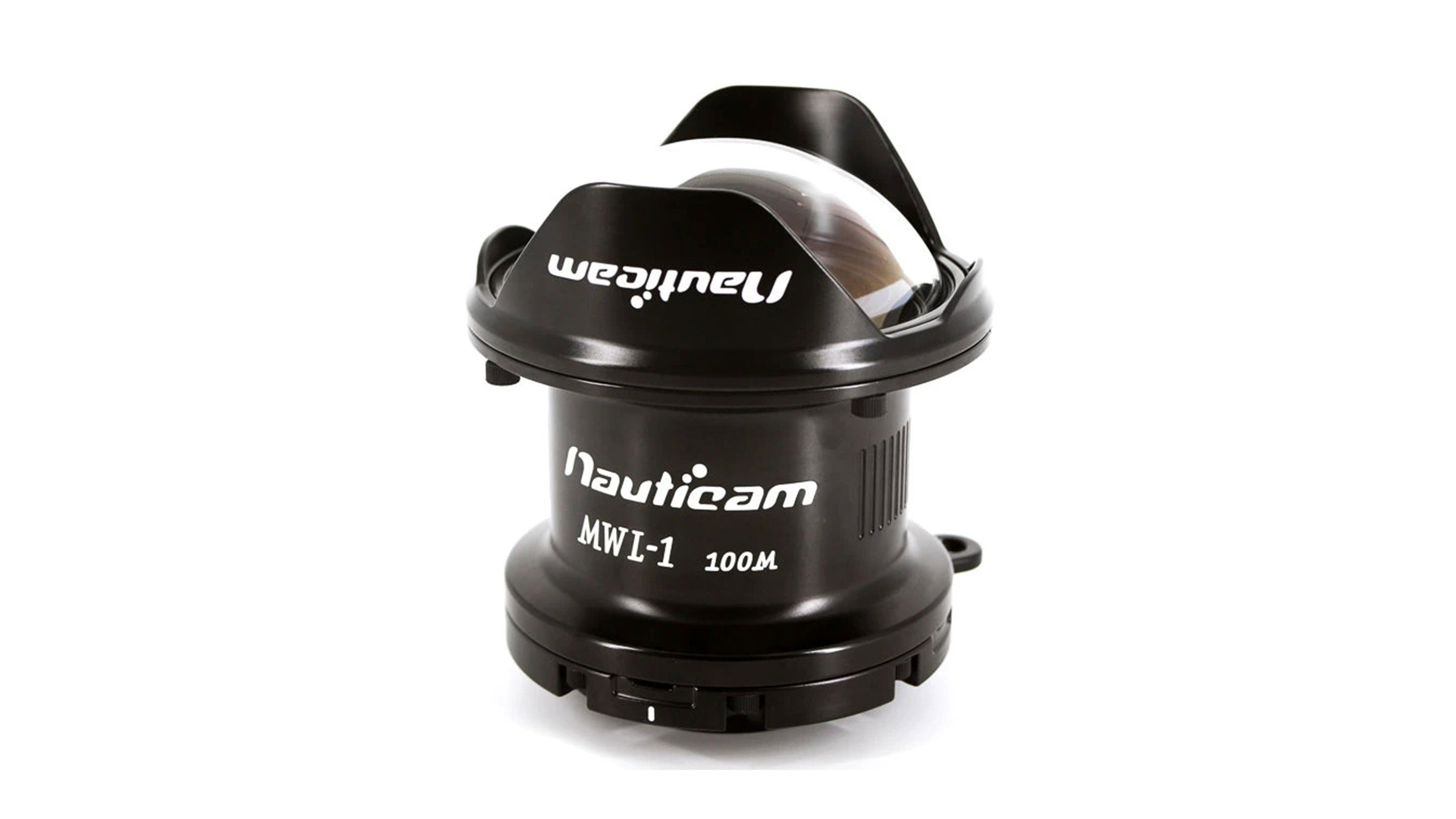
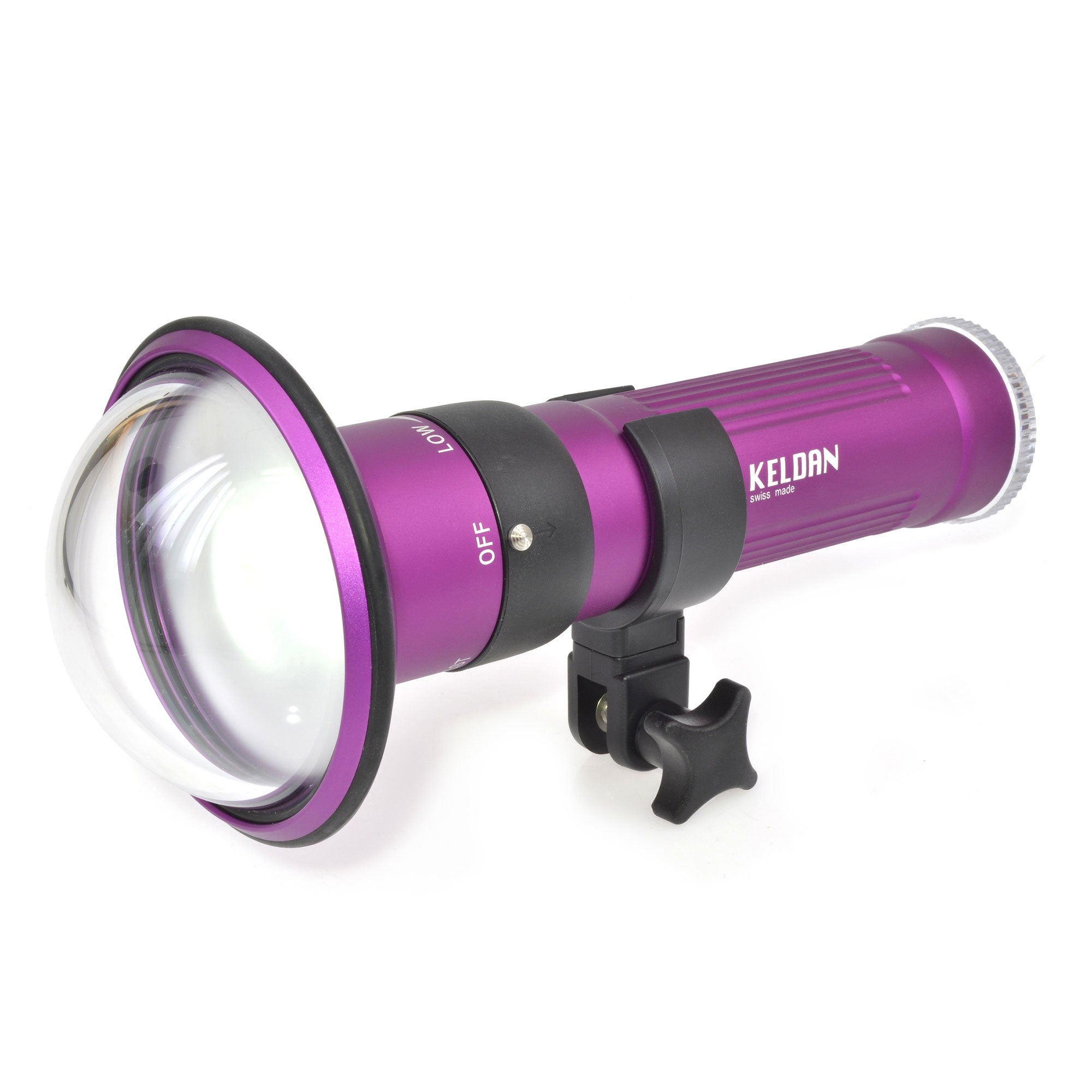
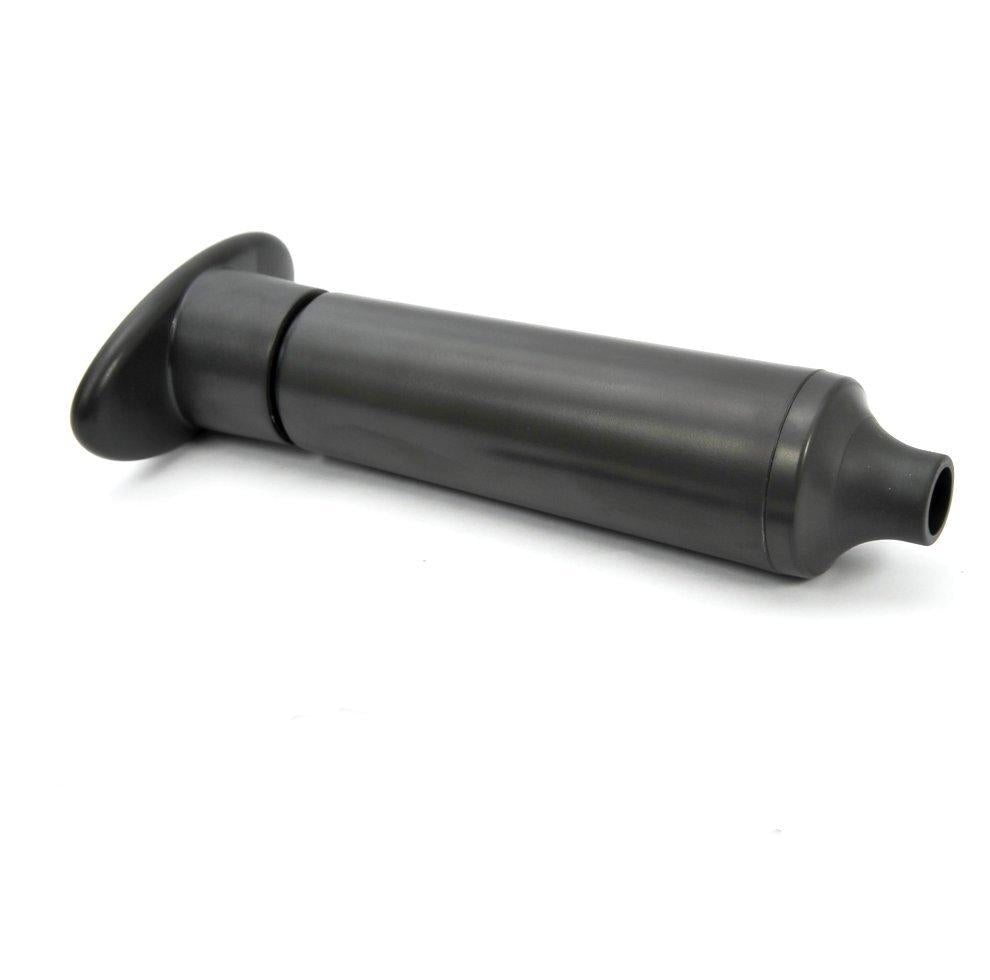
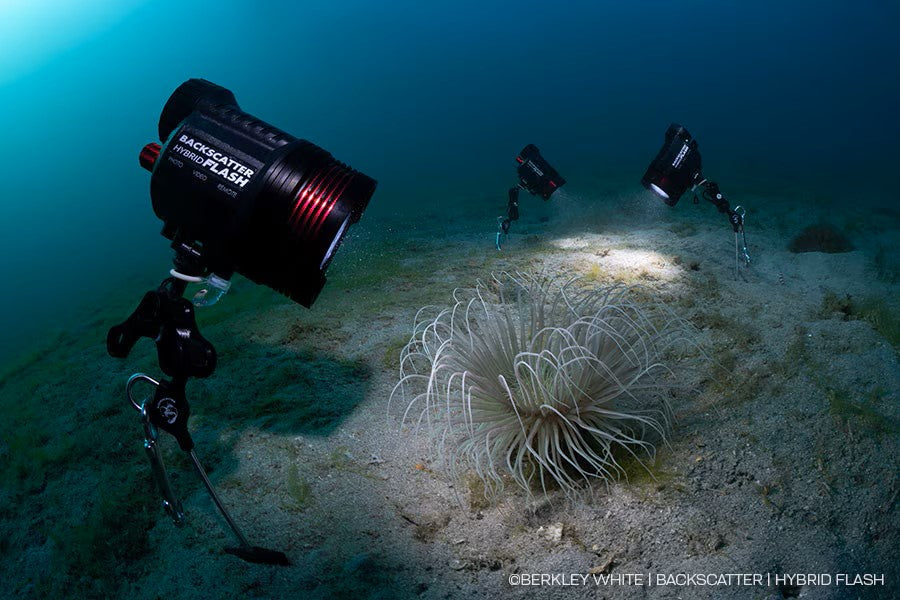
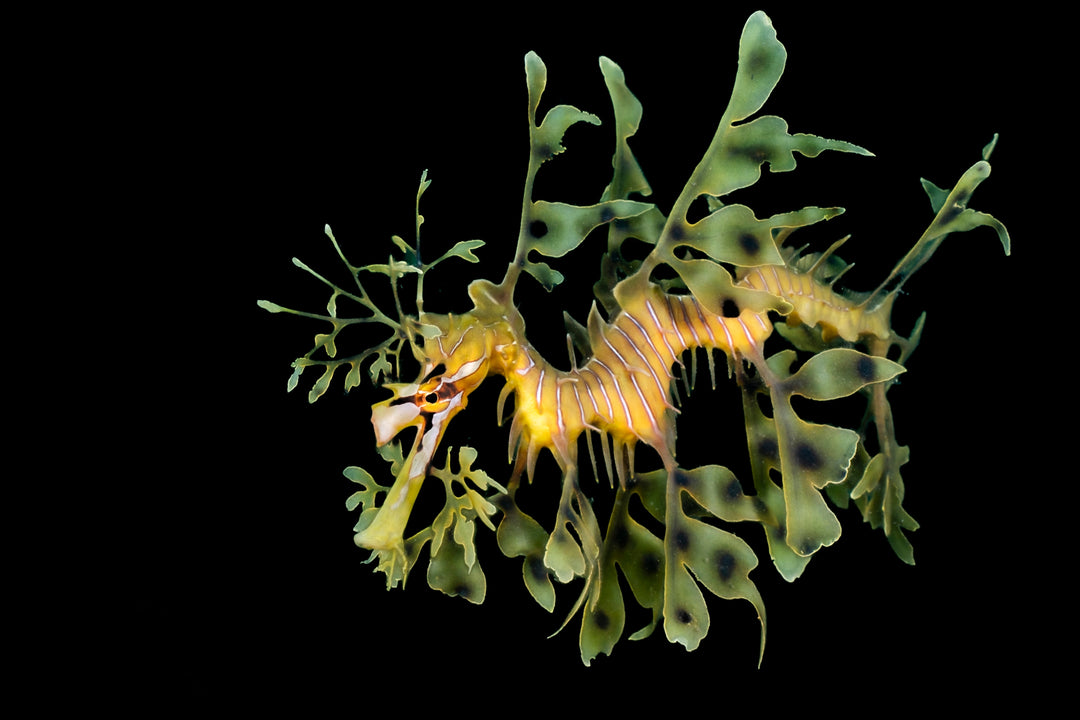
![Ikelite: 5 Situations Where You Need Strobes Underwater [VIDEO]](http://www.seatech.co.nz/cdn/shop/articles/6_REASONS_COVER_STROBES.webp?v=1752200834&width=1080)
